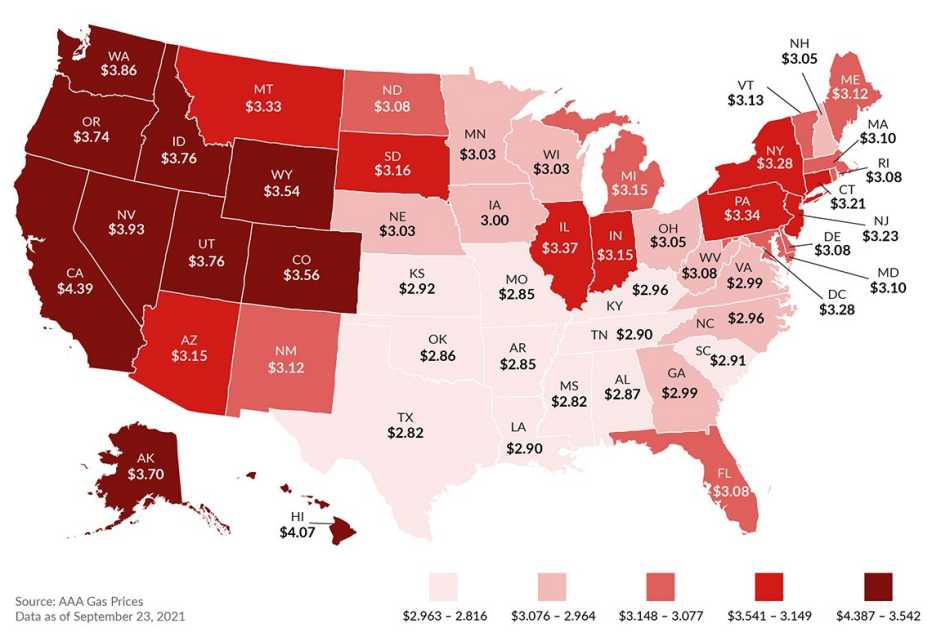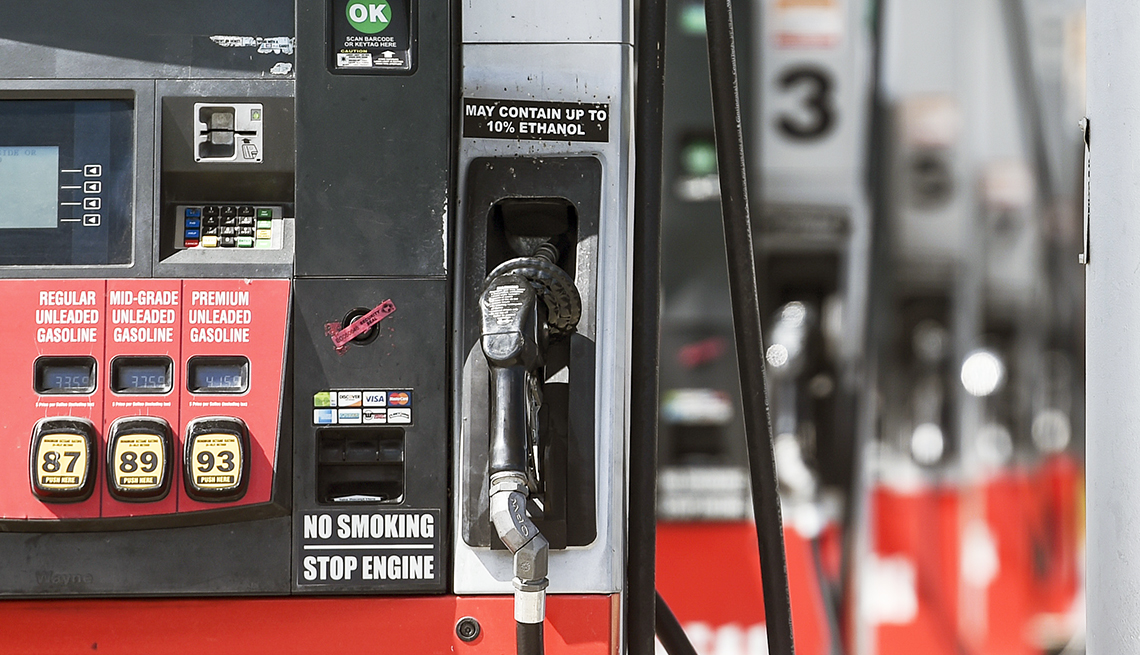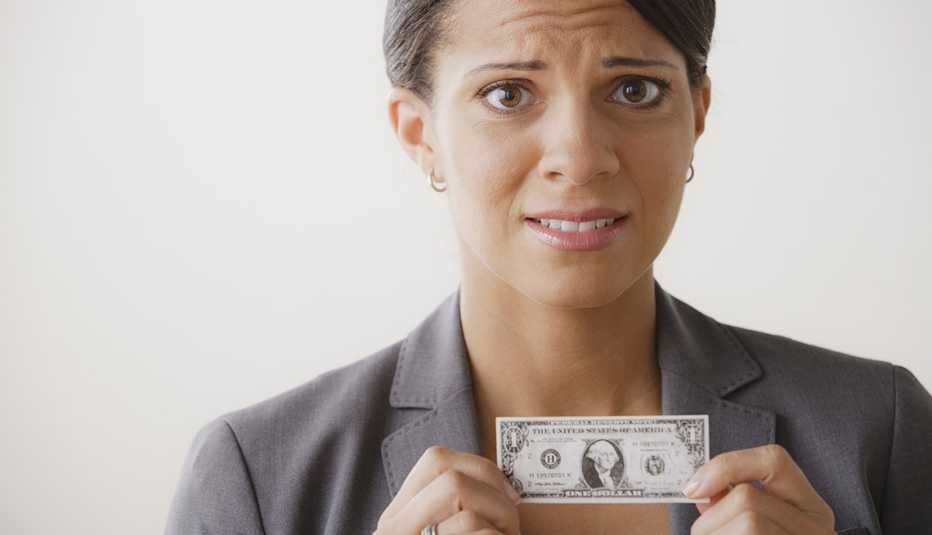AARP Hearing Center
Fill up your tank with regular unleaded gasoline in California and you'll pay an average of $4.34 a gallon, according to AAA. That same fill-up in Texas will cost you an average of $2.81 a gallon, as of Sept. 21. The national average gas price has risen to $3.19 a gallon, up from $2.18 a year earlier. The main culprit for rising prices the past 12 months has been a steady climb in crude oil prices. The price of crude oil and refining makes up about 52 percent of the cost of gasoline, according to the government's Energy Information Administration (EIA). West Texas intermediate crude, for example, has soared to more than $70 a barrel from about $40 a barrel 12 months earlier.


Why the jump in crude prices?
Producers underestimated how quickly demand for gas and other energy sources would rebound as states began to reduce pandemic travel restrictions, and supply wasn't able to keep up. Plus, more than 90 percent of crude oil production in the Gulf of Mexico was offline in late August following Hurricane Ida. About 10 percent of those rigs that went offline won't be back in operation until the end of the year, says Andrew Gross, public relations manager at AAA's national office. "There are some [rigs] that just don't come back up, because of the damage," he says.
From the well to the pump
Crude oil has to be refined into gasoline, which accounts for about 19 percent of the price. Refineries, too, were clobbered during hurricane season, which doesn't end until Nov. 30. Flooding reduced output at many Gulf Coast refineries, which got a one-two punch from hurricanes Ida and Nicholas. But water wasn't the worst of their woes. "A lot of it was electrical issues when the grid went down — no electricity, no power through refineries," Gross says. "Almost all the refineries in the Gulf Coast are reporting some level of restart now."
Once gas is refined, it has to travel to your local station — and that, too, costs money. About 13 percent of the price of gas goes to the costs of distribution, according to the EIA. Put simply, the closer you are to a refinery, the less you'll pay for gas. There are 10 refineries in the Houston area, for example, and gas costs $2.77 there, according to AAA. In Nevada, where there are just two refineries, gas is an average of $3.94 a gallon. "When you look at a map of Texas, it's literally dotted with refineries," Gross says. "And then you look at the West Coast and there's a handful."



































































